When writing ADO.NET code or Enterprise Data Access Blocks to save or retrieve application data from the underlying database before .NET 3.5, developers frequently used the .NET framework. In order to apply business rules, we would initiate a connection to the database, build a Data Set to retrieve or submit the data, and then transform the data from the Data Set to .NET Framework objects or vice versa. This was a laborious and prone-to-error process. For your application, Microsoft has given a framework called “Entity Framework” to automate all these database-related tasks.
Microsoft supports the open-source Entity Framework object-relational mapper framework for.NET Framework applications. The ability to work with data using objects of domain-specific classes without focusing on the underlying database tables and columns where this data is stored boosts developer productivity. It eliminates the requirement for the majority of the data-access code that programmers typically have to write in order to interface with databases. Employing a domain-specific object gives developers access to an abstract level where they may deal with a relational table and its columns. By using it, the code size of data-specific applications is also decreased, and the readability of the code is improved. This new technology allows Microsoft applications to access data. The latest version of Entity Framework is 6.0. Check out the .NET course online to learn more.
Official Definition: Entity Framework is an object-relational mapper (O/RM) that enables .NET developers to interact with databases using ..NET Framework objects. The majority of the data-access code that programmers typically have to write is no longer required.
It establishes a link between the business entity and the database’s data tables. Data is automatically converted to business entity objects and saved in the attributes of business entities as well and data is retrieved from the database. When an appropriate database query is run by Entity Framework, the results are materialised into instances of your domain objects so you can use them in your project.
The “Code First” methodology is used when an entity framework defines its classes and features first, converts them into conceptual models, and then builds the database and its objects from the conceptual models. Your object now interacts directly with the database to get or modify data.
Features of Entity .NET Framework
- It is independent of platforms.
- Instead of using SQL queries, LinQ queries are used to manipulate the data in the database.
- It keeps track of any adjustments made to the values of an entity’s properties.
- Additionally, it saves modifications made during insert, delete, or update actions.
- Additionally, it handles concurrency so that when one user overrides data, it reflects when another user requests it.
- Additionally, it automatically manages transaction management and offers customizable settings for transaction management.
- By providing caching, it saves the outcomes of frequently used queries.
- Additionally, it adheres to programming principles, and as a result, configures the EF Model by default.
- The EF Model can also be modified using a fluent API to alter the default conventions.
- By writing a migration command in the CLI (Command Line Interface), you can reflect any changes you made to the database schema in the EF model.
- It supports saved procedures as well.
- And parameterized queries are supported.
- Change Tracking: EF monitors changes made to instances of your entities (Property values) that must be sent to the database.
- Saving: When you call the SaveChanges() method, EF executes INSERT, UPDATE, and DELETE commands to the database based on the changes that have been made to your entities. The asynchronous SaveChangesAsync() method is likewise offered by EF.
Entity Framework Core
After EF 6.x, Entity Framework Core is the most recent version of the framework. It is a cross-platform, open-source, lightweight, and extendable version of Entity Framework data access technology.
An object/relational mapping (O/RM) framework is an Entity Framework. It is an improvement to ADO.NET that provides programmers with an automated method of retrieving & storing data from databases.
.NET Core apps are intended to be utilized with EF Core. The standard .NET Framework 4.5+ framework-based apps can also be used.
EF Core Development Approaches
EF Core supports two methods of development. First, Code-First Two) Database-First. Because the visual designer or wizard for the DB model is not available as of EF Core, EF Core primarily supports the code-first approach while offering little assistance for the database-first method.
According to the conventions and configuration specified in your domain classes, EF Core API builds the database and tables utilising migration in the code-first method. When using Domain Driven Design (DDD), this strategy is helpful.
When employing the database-first strategy, EF Core API uses EF Core commands to build the domain and context classes on top of your existing database. Due to the lack of a visual designer or wizard, EF Core only offers limited support for this.
Conclusion
To learn more about Entity Framework, check out the online .NET training.
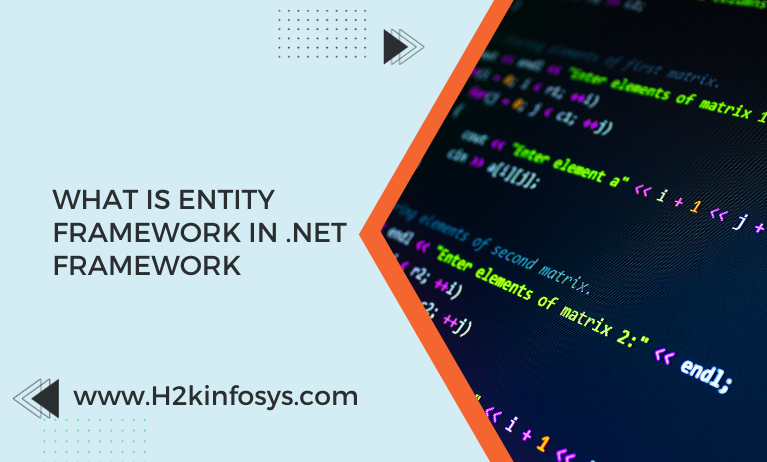


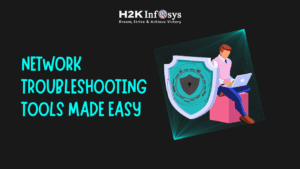





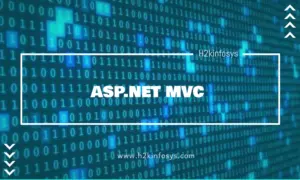


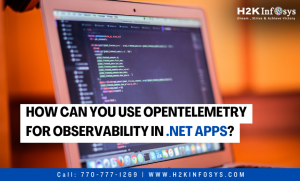
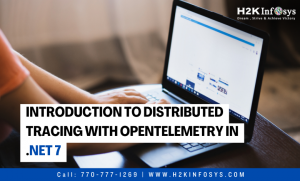
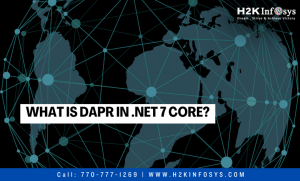







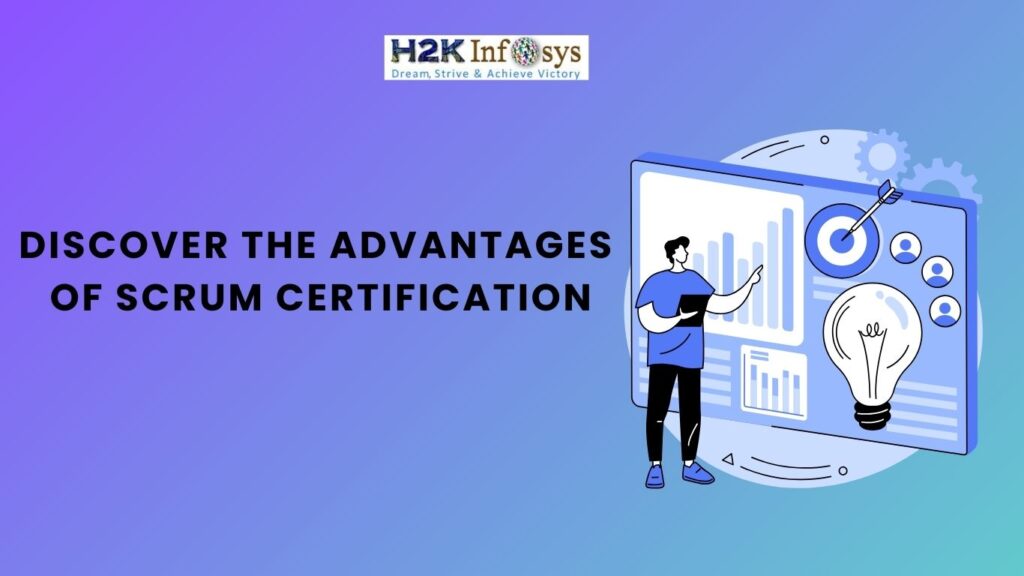

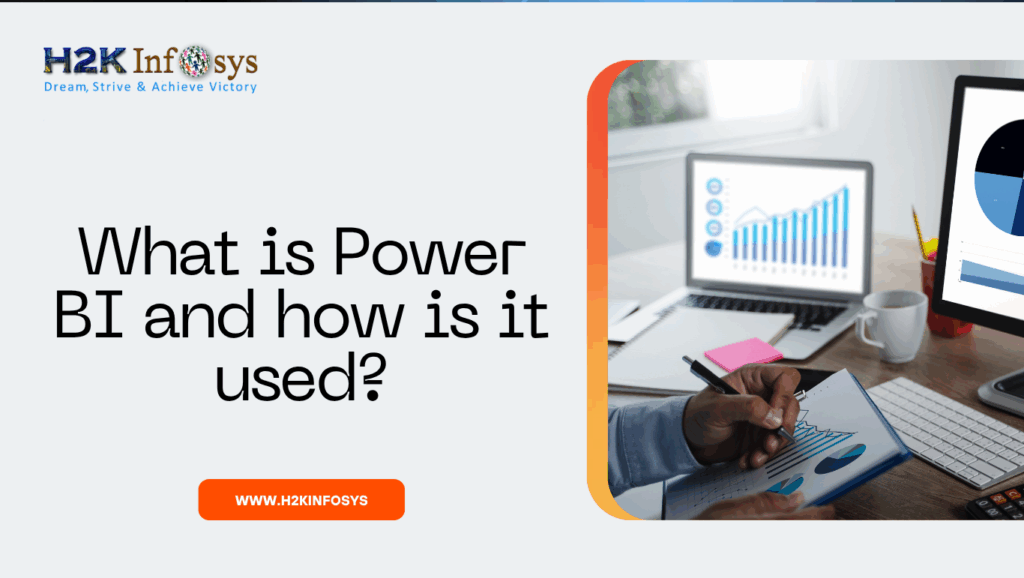





12 Responses